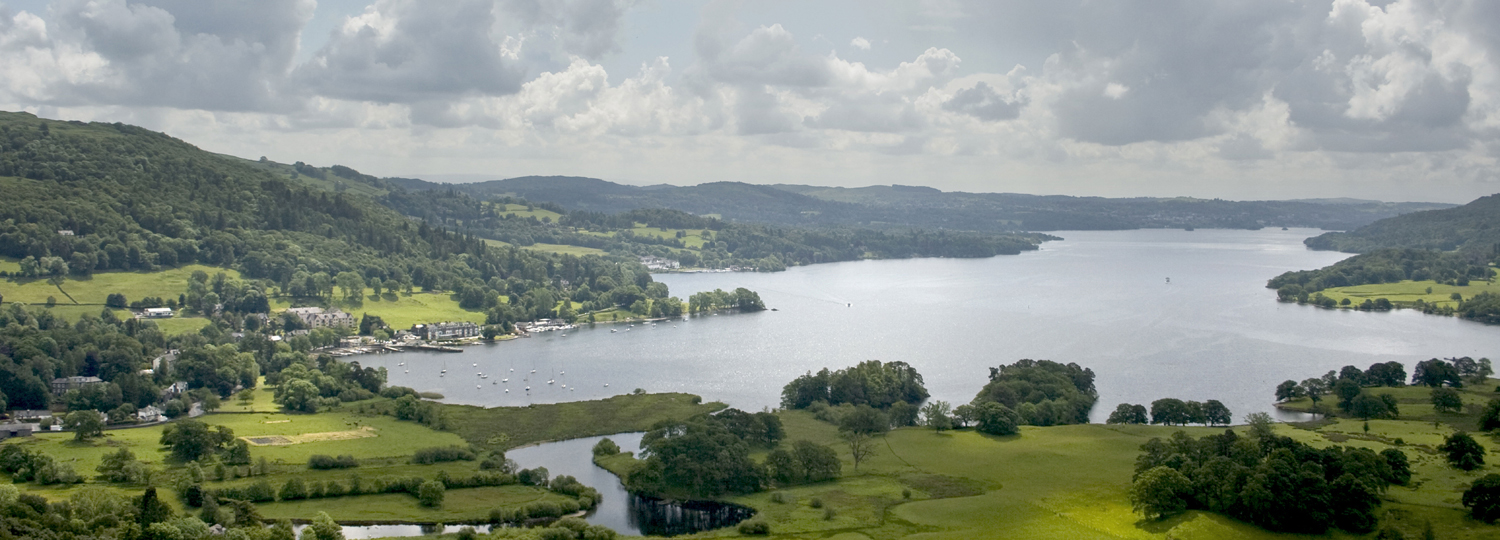CEH has been monitoring sentinel lake ecosystems across the UK for many years. The data collected are extensive and provide invaluable insights into how and why lakes respond to environmental change. More information on automatic lake monitoring is available.
Loch Leven
Loch Leven is a large, shallow lake in the lowlands of Scotland, UK, with a long history of scientific research that spans almost 200 years and has produced more than 140 scientific publications. Early research characterised the biodiversity and physical characteristics of the loch, providing an important historical background to future research. In the mid-1960s, this ad hoc approach was replaced by a more structured and better focused research programme carried out under the umbrella of the International Biological Programme. This was the beginning of what has now become the Loch Leven long-term monitoring programme. Today, the results from these studies form one of the longest and most comprehensive shallow freshwater lake datasets in the world. The data comprise more than 500 determinands collected at two-weekly intervals and span a wide range of variables including hydrology, chemistry, physics, macrophytes, algae, zooplankton, macroinvertebrates, macrophytes, fish and wildfowl. More information on long-term water quality monitoring at Loch Leven.
Lakes in the English Lake District
The long-term record for lakes of the English Lake District is also the most comprehensive of any in the world, comprising over 340 lake-years of data. The monitoring was started in 1945 by the Freshwater Biological Association (FBA) but has been undertaken by NERC CEH since 1989. Currently, seven lake basins (North and South basins of Windermere, Esthwaite Water, Blelham Tarn, Grasmere, Derwent Water and Bassenthwaite Lake) are visited every fortnight and a range of physical, chemical and biological variables are recorded. Four of these lakes have automatic water quality monitoring stations that deliver high-resolution data and contribute to the United Kingdom Lake Ecological Observatory Network (UKLEON).
In addition to the above, the Lakes Tour is a seasonal survey of the 20 largest lakes in the English Lake District. This has been carried out in 1984, 1991, 1995, 2000, 2005 and, most recently, 2010. The 2010 Lakes Tour received practical and financial support from the Environment Agency and the Lake District National Park Authority.
UK Lake Ecological Observatory Network
High-frequency, automatic monitoring of environmental change provides real-time data that can be used to underpin rapid management decisions aimed at mitigating ecological degradation and the loss of key ecosystem services. CEH has pioneered the United Kingdom Lake Ecological Observatory Network, which is designed to:
- support real-time forecasting of lake behaviour
- assess regional coherence in lake responses
There are 11 lakes in the network, spanning England, Scotland, Wales and Northern Ireland. Several of these sites are included in the UK Environmental Change Network or the Upland Waters Monitoring Network (UWMN). Data for all of these sites will be managed by the Environmental Change Network Data Centre.
Return to UK Lake Restoration project home
